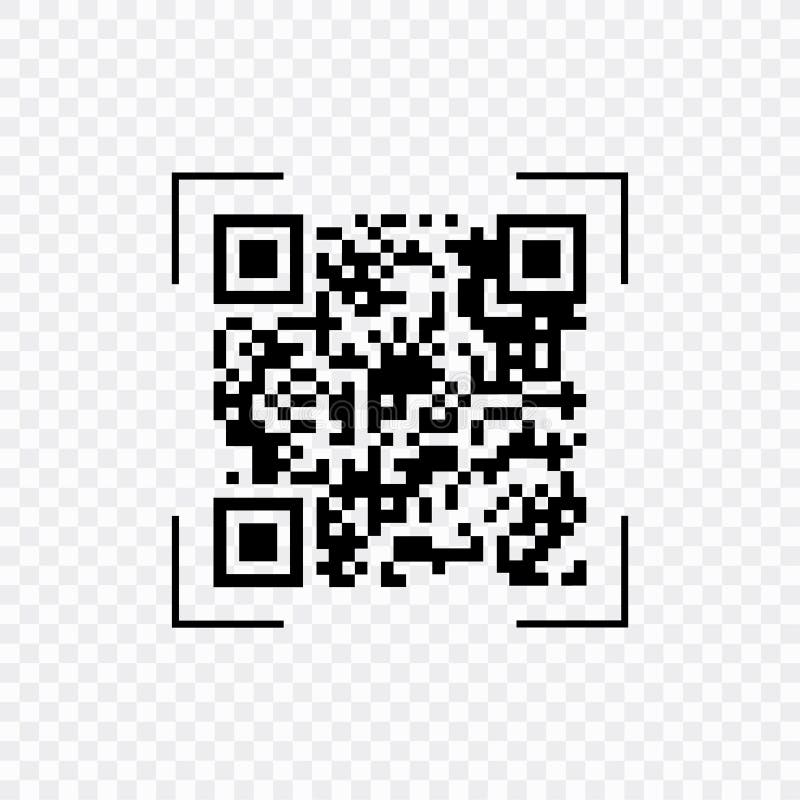


There are three kinds of scansion: the graphic, the musical and the acoustic. This technique is called scansion, and it is important because it puts visual markers onto an otherwise entirely heard phenomenon. To get a bearing on what these rhythms look and sound like, let's start with a method for writing out the rhythms of a poem. The former is the more common adherence to the latter often leads an English language poet toward self-conscious verse, as their predictable rhythms are counter to natural English speech (not that it is impossible to create great verse with this technique, but there is a tendency for it to end up so). For this reason most English language poets opt to look at their own meter as accentual or accentual-syllabic. There may be one, two, or three syllables between accents (or more, but this is a matter of debate). This means that its natural rhythms are not found naturally from syllable to syllable, but rather from one accent to the next. English, being of Germanic origin, is a predominantly accentual language. Of the ways of looking at meter, the most common in English are those that are accentual. Quantitative: Measures the duration of words.Accentual-syllabic: A counting of syllables and accents.Accentual: A counting of accents only per line.Syllabic: A general counting of syllables per line.Fussell defines meter as "what results when the natural rhythmical movements of colloquial speech are heightened, organized, and regulated so that emerges from the relative phonetic haphazard of ordinary utterance." (4-5) To "meter" something, then, is to "measure" it (the word meter itself is derived from the Greek for measure), and there are four common ways to view meter. Although some of Fussell's ideas are a bit outdated (namely, he doesn't deal with the visual elements of a poem), his approach is complete, concise and useful. The bible of most poets today regarding meter and sound is a book by Paul Fussell called Poetic Meter and Poetic Form.
The crafting of the aural aspects of a poem is what we may call "ear training." Thus, the crafting of the visual aspects is what we'd call "eye training." Meter Writing Letters of Recommendation for StudentsĪ brief exploration of the various aspects of sound that can be utilized when making a poem.Summary: This guide to rhyme, rhythm, meter, and form sparks intuitive and technical lightning-flashes for poets and readers curious to know a poem s inner workings. Scansion is the practice of creating a visual guide for the identification and analysis of meter. Clear, good-humored, and deeply readable, this is the modern classic on prosody, the art and science of poetic meter. Each of the book's ten chapters is a progressive, step-by-step presentation rich with examples to illustrate concepts such as line, stress, scansion marks, slant rhyme, and iambic pentameter. By the enf of this book, the author has taught the novice to become artist and magician. This book also includes a selected bibliography and encourages readers and students to carry their investigations further. of prosody: unaccented syllables are instead grouped with surrounding feet. The word line comes from the Latin linea, itself derived from the word for a thread of linen. Scansion also involves the classification of a poems stanza, structure. Early in the 18th century, Pope affirmed in his Essay on Criticism (1711) the classic doctrine of imitation. We can look at the lines of poetry as slender compositional units forming a weave like that of a textile. Prosody was to be more nearly onomatopoetic the movement of sound and metre should represent the actions they carry: In 18th-century theory the doctrine of imitation was joined to numerous strictures on smoothness, or metrical regularity. Sometimes the term prosody is extended to include also the study of sour. Indeed, the word text has the same origin as the word textile. Here is a scansion, sign by conventional symbols, of the first five lines.


 0 kommentar(er)
0 kommentar(er)
